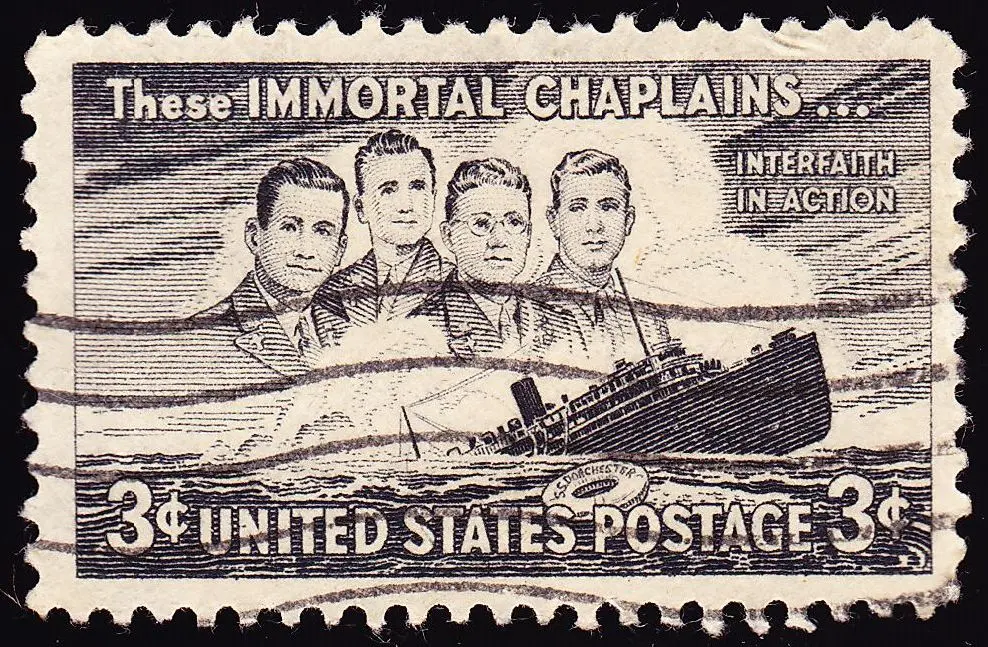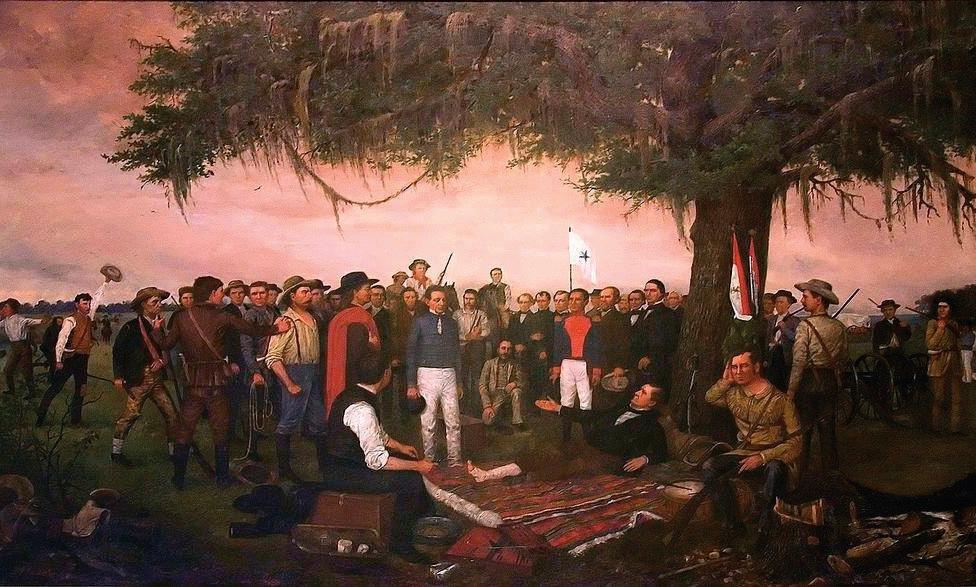Years ago, when asked “How’s it going?” a woman I knew always responded, “I’m getting better and better every day in every way.” This response sounded a bit contrived and hokey, but I assumed this mantra was just part of her personality.
Recently, while I was thumbing through Joseph Epstein’s “Wind Sprints,” a collection of short essays, a version of those same words snagged my attention: “Every day, in every way, I am getting better and better.” As Epstein notes, French psychologist Émile Coué de la Châtaigneraie (1857–1926) employed that very formula as part of the foundation for his positive thinking philosophy.






